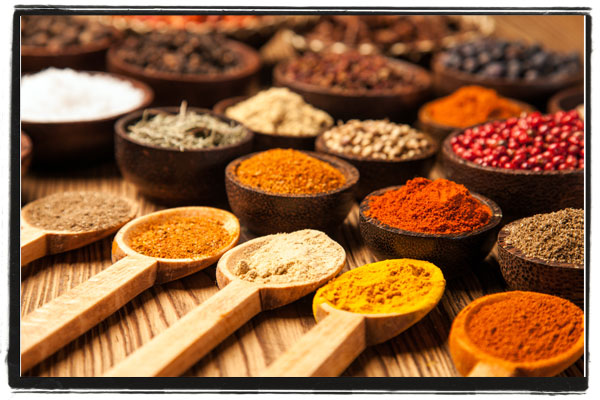
Herbs and spices can either make or break a recipe. Learning how to use them is essential for any good cook. But that can be a little tricky. Not only is there an infinite number of herbs and spices to choose from, each one comes with its own set of rules.
What's the difference between an herb and a spice? Both come from plants, but they come from different parts of the plant. While an herb originates from the green, leafy part of the plant, spices can arise from the root, stem, seed, fruit, flower, or bark of a tree or plant. Cilantro is an excellent example of this because while cilantro (a herb) is the leaf of a Coriandrum sativum plant, coriander (a spice) is the seed that comes from the same plant.
It can all get a bit confusing when it comes to fresh versus dried or whole versus ground. And while most of us are comfortable using basic seasonings such as salt and pepper, not everyone knows what to do with Turmeric. Or Sage. Or Coriander. Or Marjoram.
Trying out a new recipe often requires using an herb or spice that you might not possess, so you buy it. And then, sadly, for most of us, it sits in your cupboard, forever . That can get expensive because all herbs and spices have an expiration date. Most expire within about a year from the date of purchase. And while they're most likely safe to consume, they might not hold the same intense flavor as when you first brought them home.
While we'd like to think we know a little when it comes to herbs and spices, we ran across a list for the most Common Culinary Herbs and Spices on VegKitchen, and think they did a bang-up job! So before you toss out that cardamom because you can't remember what you bought it for, check out the link above!
For a complete list of basic herbs to the most exotic seeds and chili peppers check out The Encyclopedia of Spices and Herbs: An Essential Guide to the Flavors of the World.

